Virginia Sweetspire
- March 19, 2024
- 0 comment
Virginia Sweetspire, also called Itea virginica, is a beautiful shrub that loses its leaves every winter. People love it because it looks pretty and is good for our planet. It grows naturally in North America. Gardeners and people who want to protect nature like it a lot. This is because it has small, pretty flowers and leaves that change color in a way that catches your eye.


This plant doesn’t just look nice; it also does good things for the environment. The flowers provide food for bees and butterflies, which helps plants grow and produce food. Plus, when Virginia Sweetspire’s leaves turn bright colors in the fall, it makes our gardens and parks look amazing. So, it’s not only making our outdoor spaces prettier but also helping nature do its job better.
| Characteristics | Description |
| Scientific Name | Itea virginica |
| Common Names | Virginia Sweetspire, Virginia Willow, Tassel-white |
| Family | Grossulariaceae |
| Native Region | Eastern United States |
| Plant Type | Deciduous shrub |
| Size | Typically grows to a height of 3-6 feet with a similar spread |
| Leaves | Alternate, simple, and serrated, turning brilliant shades of red, orange, and purple in the fall |
| Flowers | Fragrant, white, and borne on cylindrical racemes in late spring to early summer |
| Propagation | Can be propagated from seeds or semi-hardwood cuttings |
| Drought Tolerance | Moderate to high drought tolerance once established |
| Cultural Uses | Often used in mass plantings, borders, and naturalized areas |
| Ecological Role | Provides food and habitat for native wildlife, especially pollinators |
| Notable Species | Itea virginica ‘Henry’s Garnet’ is a popular cultivar known for its deep red fall foliage |
| Hardiness Zones | 5-9 |
| Growth Rate | Moderate |
| Lifespan | Can live several decades with proper care |
Botanical Beauty of “Virginia Sweetspire ”
Virginia Sweetspire is known for its stunning beauty that comes from nature. This plant stands out for several reasons. First, its flowers are small but very pretty, and they smell nice too. These flowers grow in bunches that hang down like tassels. Then, there are the leaves, which change into bright colors during fall, making everything around them look beautiful. This combination of lovely flowers and colorful leaves makes Virginia Sweetspire a favorite for anyone who loves plants.
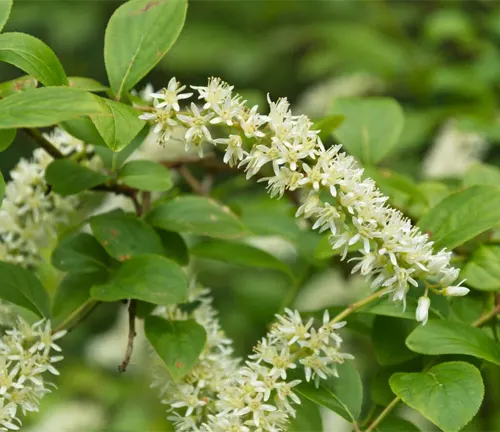
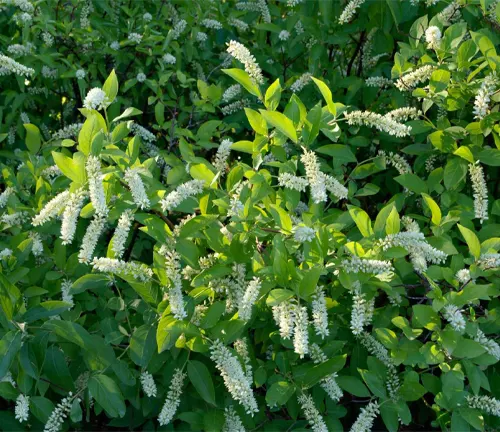
Woodland Elegance
Virginia Sweetspire brings a special touch of the forest to gardens and wild areas. Its branches curve gracefully and are covered with long, hanging groups of white flowers that smell wonderful. This makes any space feel like a peaceful, wooded place.
Ecological Importance
Virginia Sweetspire is very important for nature. It gives nectar and pollen to bees, butterflies, and other insects that help plants grow. Birds also eat its berries. This helps many different kinds of life to thrive together, making the area richer in wildlife.
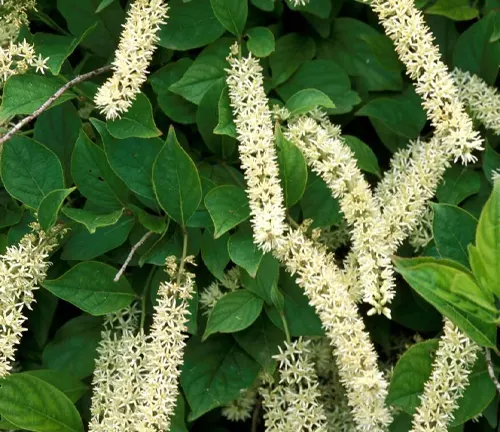
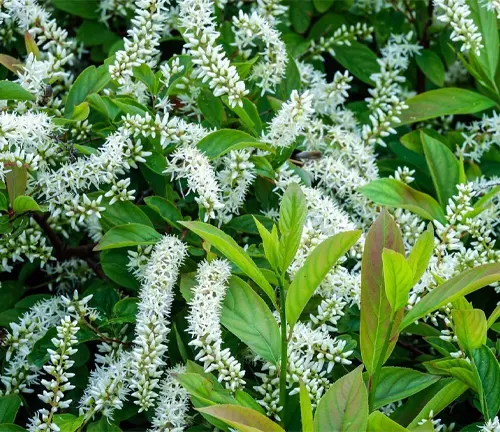
Cultivation and Conservation
Growing Virginia Sweetspire is pretty straightforward, making it a favorite for gardens because it doesn’t need much care. People also value it for protecting nature. There are efforts to keep and bring back areas where native plants like this one live, helping the environment stay healthy and balanced.
Fragrance
Virginia Sweetspire’s flowers have a sweet smell that makes gardens more enjoyable. This lovely fragrance can fill the air, especially on warm days. It’s like nature’s own perfume, making the area around the plant feel special and inviting.
This sweet smell isn’t just nice for us; it also attracts bees and butterflies. These insects love the scent and come to the flowers for nectar. So, the fragrance helps the plant by ensuring it gets pollinated, which is important for the plant to produce seeds.
Having Virginia Sweetspire in your garden means you get to enjoy its beauty and its pleasant smell. It’s a simple way to add a touch of nature’s magic to your outdoor space. Plus, it’s helping the environment by supporting bees and butterflies, which are important for pollinating many types of plants.
Soil Stabilization
Virginia Sweetspire has a wide and strong root system. These roots hold the soil together. This is great for places where the soil might wash away, like near rivers or on slopes. It stops the soil from eroding, which means the soil stays where it is instead of being washed away by water.
This plant is especially good for areas near water, like streams or lakes. These places can lose a lot of soil when it rains a lot. But with Virginia Sweetspire planted there, the soil is more likely to stay put. This helps keep the water cleaner and the landscape stable.
So, using Virginia Sweetspire isn’t just about making a place look nice. It’s also about protecting the environment. By preventing erosion, it helps keep the land healthy and safe for other plants and animals. This makes it a smart choice for people who care about nature and want to help protect it.
Common Uses
Virginia Sweetspire is a favorite plant for many reasons, especially in places like gardens, parks, and natural areas. People love using it to make these spaces look beautiful. Its pretty flowers and colorful leaves add a special touch that can make any place feel like a peaceful, natural spot.
This plant is also great for stopping soil from washing away, especially near water or in wet places. Because it has strong roots, it can hold the soil together. This is really helpful in areas where the ground might be loose and more likely to erode. So, planting Virginia Sweetspire can protect the land and keep it healthy.
On top of all that, it’s also used to help nature get back to its original state in places that have been damaged or changed. By planting Virginia Sweetspire and other native plants, people can help these areas recover and become homes for wildlife again. This is important for keeping the environment balanced and making sure all kinds of plants and animals can thrive.
Benefits
Virginia Sweetspire is really good for wildlife. It gives them places to live and food to eat. The flowers offer nectar for bees and butterflies, while the berries are a tasty treat for birds. This means that by having this plant around, you’re helping lots of different animals. It’s like creating a small wildlife sanctuary in your own garden.
Besides helping animals, Virginia Sweetspire makes places look more beautiful. Its flowers and colorful leaves can turn any spot into a picturesque scene. Whether you’re designing a garden or a bigger landscape, this plant can add a special touch that catches everyone’s eye. It’s a natural decoration that changes with the seasons, keeping the view interesting all year long.
Another big plus is how it helps keep the ground in place. Its roots spread out and hold onto the soil, which can stop it from being washed away by rain. This is especially useful on slopes or near water, where erosion can be a problem. So, planting Virginia Sweetspire not only makes places look good but also protects them. It’s a plant that does a lot of work behind the scenes to keep the environment healthy.
Different Species
Itea ilicifolia
Commonly known as Holly-leaved Sweet Spire. Native to China and related to Itea virginica. It has glossy, holly-like leaves and fragrant white flowers, similar to Itea virginica.

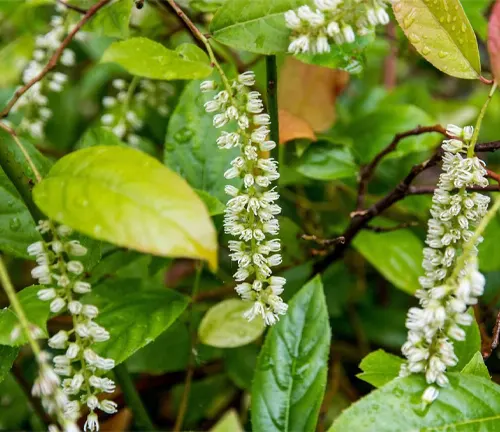
Itea yunnanensis
Native to China. This species is characterized by its broader leaves and is often used as an ornamental shrub in gardens.
Itea chinensis
Also known as Chinese sweetspire. Native to China and Japan. It is a deciduous shrub with long, arching branches and fragrant white flowers.
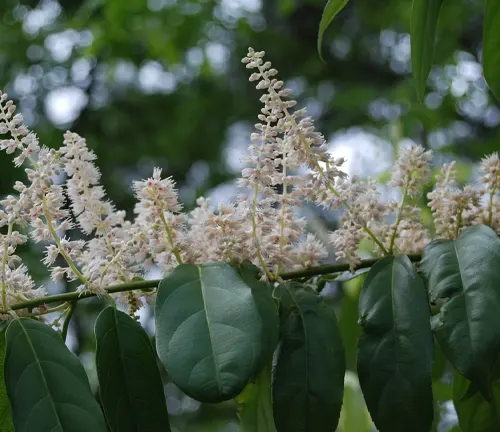
Frequently Asked Questions (FAQs)
1. What is Virginia Sweetspire?
Virginia Sweetspire, scientifically named Itea virginica, is a beautiful shrub beloved for its ornamental appeal and environmental benefits. It’s known for its fragrant, white flowers and vibrant leaves that change color in the fall, enhancing gardens and natural landscapes.
2. Where does Virginia Sweetspire grow naturally?
It grows naturally in North America, in places like woods and near streams.
3. Why do gardeners like Virginia Sweetspire?
Gardeners appreciate Virginia Sweetspire for several reasons: it’s not only visually appealing throughout the seasons but also low-maintenance and supportive of local wildlife. Its ability to adapt to different garden settings and conditions makes it a versatile choice for landscaping.
4. What good does Virginia Sweetspire do for the environment?
It gives food to bees and butterflies and helps stop soil from washing away.
5. How does Virginia Sweetspire look in fall?
In fall, its leaves turn bright colors like red, orange, and purple, making it stand out.
6. Can Virginia Sweetspire help with soil erosion?
Yes, its strong roots hold the soil in place, which is great for stopping erosion, especially near water.
7. What wildlife benefits from Virginia Sweetspire?
Bees, butterflies, and birds enjoy its nectar, pollen, and berries.
8. How big does Virginia Sweetspire get?
Virginia Sweetspire is a moderately sized shrub, usually reaching 3-6 feet in height and spread. This manageable size makes it suitable for various garden designs, from borders to naturalized areas.
9. Are there different kinds of Virginia Sweetspire?
Yes, there are several types, like ‘Henry’s Garnet’ and ‘Little Henry,’ each with special features.
10. Is Virginia Sweetspire hard to grow?
No, it’s pretty easy to grow and doesn’t need a lot of special care.


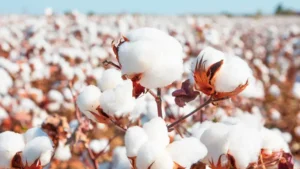



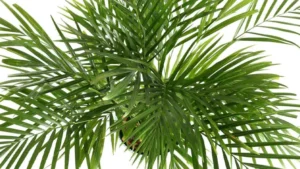

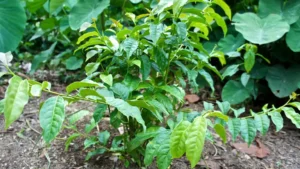

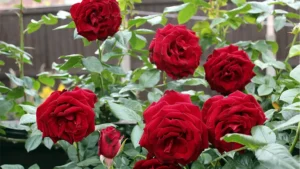
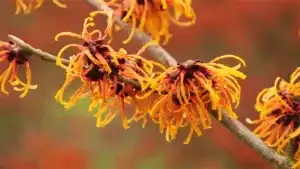
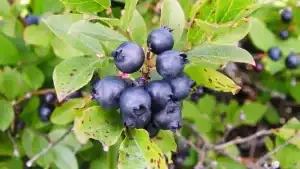
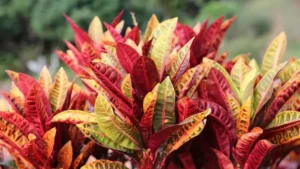
Leave your comment